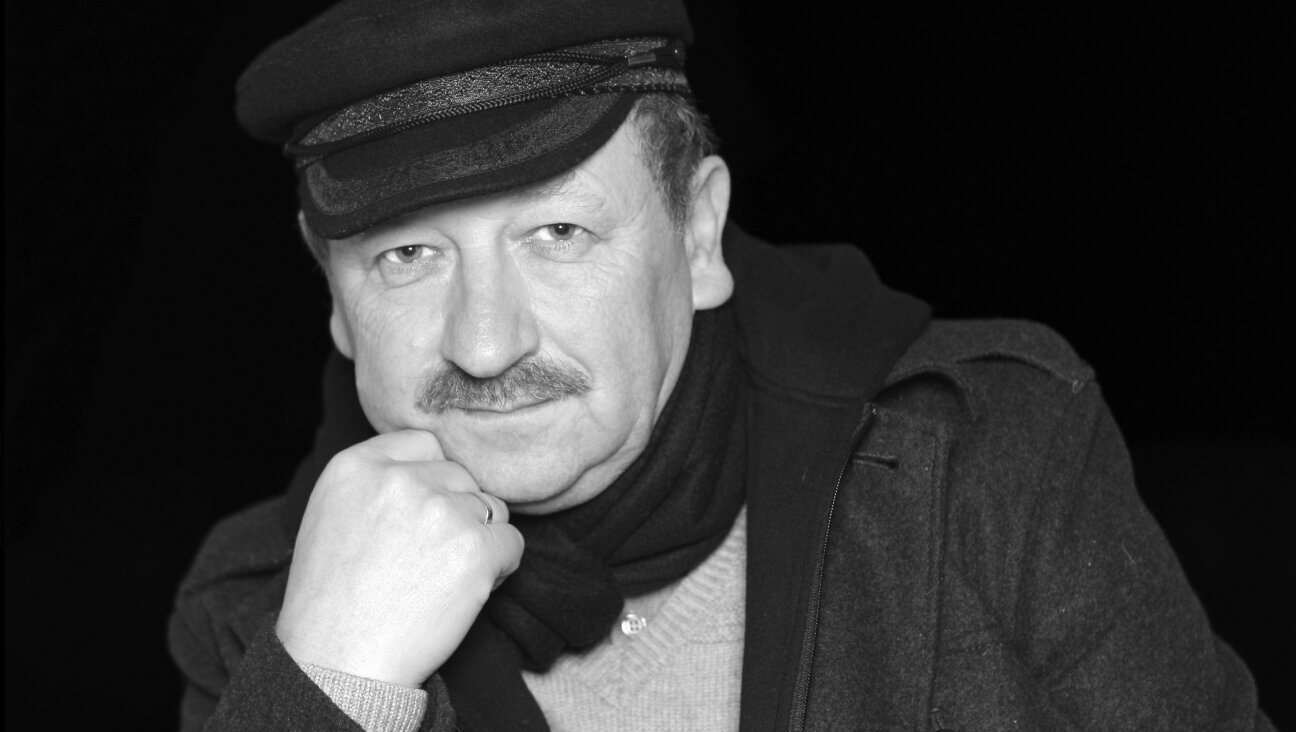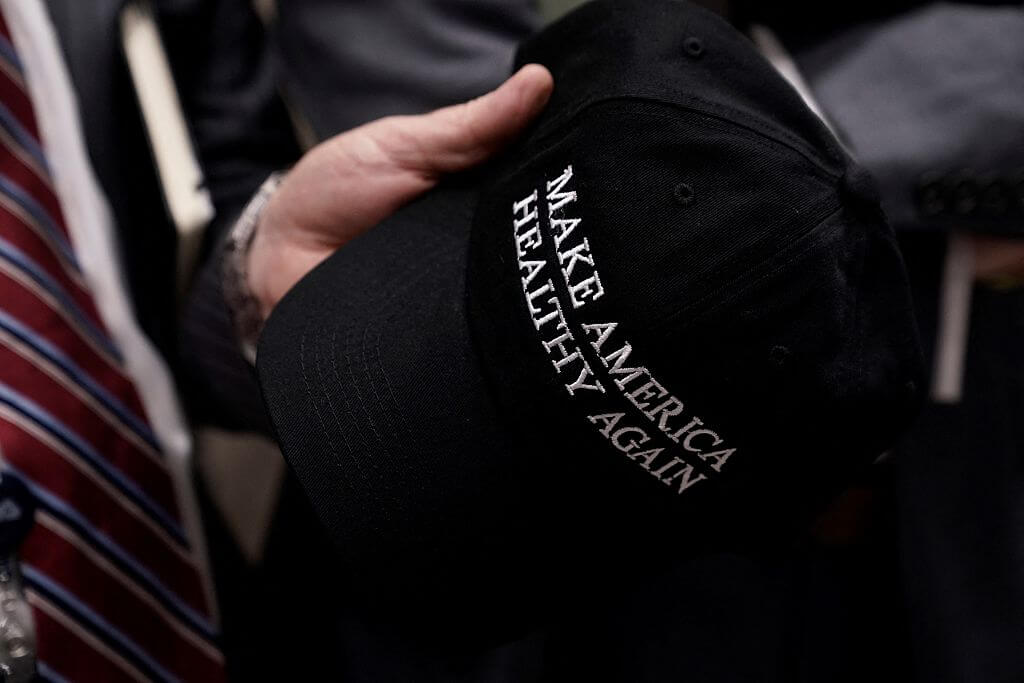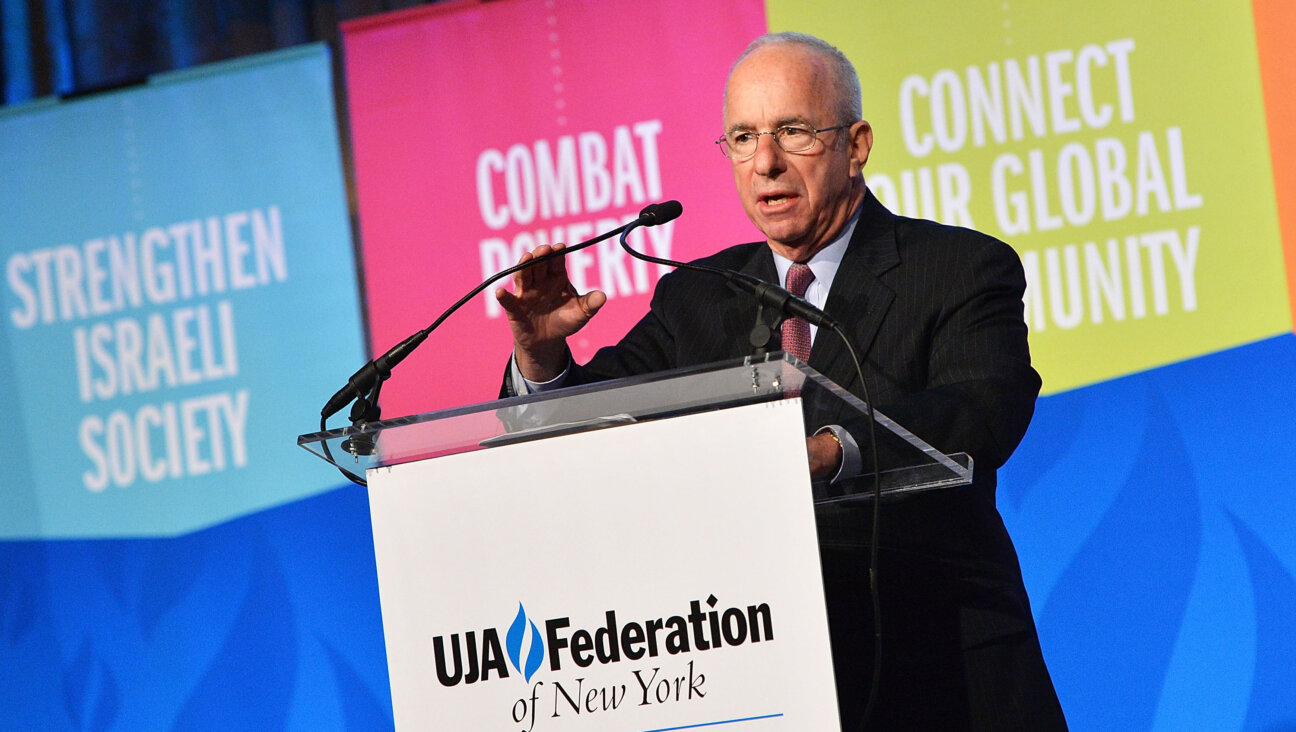What Moses And The First Menorah Can Teach Us About Fighting Terror

Image by Forward Montage
On the way home from the funeral, we discussed Amalek.
It was Purim time, 1996. Israel was living through one of its worst spates of terrorism in years. Two students, Matt Eisenfeld and Sarah Duker, boarded a bus together and were killed, along with 24 other people.
Matt was my friend. He and Sara were in love. This was Matt’s funeral.
Because it was Purim, Amalek was top of mind. The Amalekites were nomadic people in ancient Israel and descendants of Amalek, Esau’s grandson. Haman was an Amalekite; the Purim story is traditionally seen as a battle in the cosmic war between Amalek and Israel. And as my (and Matt’s) teacher Rabbi Michael Whitman pointed out on the drive home, it was a war that began in terror.
Remember what Amalek did to you on your journey, after you left Egypt—how…it he surprised you on the march, when you were famished and weary, and cut down all the weakened stragglers in your rear (Deuteronomy. 25:17-18).
A surprise attack on the weak.
In other words, Rabbi Whitman observed: a terror attack.
Rabbi Whitman’s observation was about the evil of terrorism. He wasn’t making a statement about a course of action based on that view (it’s worth pointing out that, at this same time, Rabbi Whitman came out as a rare Orthodox voice in favor of the Oslo accords). But I’ve been thinking quite a bit about the implications of Rabbi Whitman’s words. If you want to understand what a war on terror should be, that first battle with Amalek is the right place to start.
Here’s how that battle happens. It’s shortly after the Jews cross the Red Sea. Amalek appears out of the desert and stuns Israel, a nation of just-freed slaves. Joshua leads the armies below. Meanwhile, Moses takes his famous rod, ascends a hill accompanied by Aaron and Hur (a minor character), and holds his hands up high:
And when Moses held up his hand, Israel prevailed; and when he let down his hand, Amalek prevailed.
But Moses’ hands grew heavy. And [Aaron and Hur] took a stone, and put it under [Moses], and he sat upon it.
And Aaron and Hur supported his hands—the one on his one side, and the other on the other side—and his hands were steady until the going down of the sun (Exodus 17:8-13).
And with this effort—with Moses holding up his hands—the Israelites won.
What did Moses’ hands have to do with winning the war? The Mishna offers one answer: Moses’ upheld hands reminded all of Israel to look up toward God. But there might be another answer.
Amalek attacks the weak. Guiding the people, Moses grows weary. At the end of the battle, Joshua doesn’t just drive Amalek back: the text tells us he weakens Amalek. Everything about this war focuses on weakness. And the way to win this war isn’t so much Moses’ hands, as Aaron and Hur’s spontaneous actions to hold Moses’ hands up.
In other words: the central figure of the war is Moses’ weak hands. And as long as those around him support Moses in his weakness, the war will go well.
Because, again, this is a war to defend the weak ones in the rear. And in the course of the bravado of war, it’s easy to forget that. Moses’ hands are a reminder of what we’re fighting for. We’re fighting to help the weak.
Something else worth noting: a war to fight the weak isn’t necessarily a gentle war. The battle between Israel and Amalek is meant to be so brutal as to cause the most pious amongst us to question its meanings. But a reminder that this is a war on behalf of the weak is a kind of a north star—a defense against a fierce fight contaminating us to the core.
Not much later, God commands Moses to build the Menorah of the Mishkan – the candelabra upon which the Chanukah lights are ultimately based. And that first Menorah seems modeled upon Moses, Aaron and Hur.
God tells Moses: You shall make a lampstand of pure gold; its base and its shaft, its cups, ornamental flowers, and petals shall be of one piece. Six branches shall issue from its sides: three branches from one side…and three branches from the other.
A shaft on a base, with three branches from one side…and three branches from the other. Much like Moses on a rock, one hand on either side clasped by Aaron’s and Hur’s own two. Three arms one on the one side, and three on the other, with Moses at the center.
The Menorah is the light of the Mishkan. It’s our source of spiritual light. It’s that light that’s guided us through our greatest struggles—from the battles of Joshua’s troops, to the Maccabees and beyond. And it’s the light that’s given us strength—the strength that comes in helping those who can’t hold themselves up.
The Forward is free to read, but it isn’t free to produce

I hope you appreciated this article. Before you go, I’d like to ask you to please support the Forward.
Now more than ever, American Jews need independent news they can trust, with reporting driven by truth, not ideology. We serve you, not any ideological agenda.
At a time when other newsrooms are closing or cutting back, the Forward has removed its paywall and invested additional resources to report on the ground from Israel and around the U.S. on the impact of the war, rising antisemitism and polarized discourse.
This is a great time to support independent Jewish journalism you rely on. Make a gift today!
— Rachel Fishman Feddersen, Publisher and CEO
Support our mission to tell the Jewish story fully and fairly.
Most Popular
- 1

Culture Cardinals are Catholic, not Jewish — so why do they all wear yarmulkes?
- 2

News School Israel trip turns ‘terrifying’ for LA students attacked by Israeli teens
- 3

Fast Forward Ye debuts ‘Heil Hitler’ music video that includes a sample of a Hitler speech
- 4

Fast Forward Student suspended for ‘F— the Jews’ video defends himself on antisemitic podcast
In Case You Missed It
-

Yiddish קאָנצערט לכּבֿוד דעם ייִדישן שרײַבער און רעדאַקטאָר באָריס סאַנדלערConcert honoring Yiddish writer and editor Boris Sandler
דער בעל־שׂימחה האָט יאָרן לאַנג געדינט ווי דער רעדאַקטאָר פֿונעם ייִדישן פֿאָרווערטס.
-

Fast Forward Trump’s new pick for surgeon general blames the Nazis for pesticides on our food
-

Fast Forward Jewish feud over Trump escalates with open letter in The New York Times
-

Fast Forward First American pope, Leo XIV, studied under a leader in Jewish-Catholic relations
-
Shop the Forward Store
100% of profits support our journalism
Republish This Story
Please read before republishing
We’re happy to make this story available to republish for free, unless it originated with JTA, Haaretz or another publication (as indicated on the article) and as long as you follow our guidelines.
You must comply with the following:
- Credit the Forward
- Retain our pixel
- Preserve our canonical link in Google search
- Add a noindex tag in Google search
See our full guidelines for more information, and this guide for detail about canonical URLs.
To republish, copy the HTML by clicking on the yellow button to the right; it includes our tracking pixel, all paragraph styles and hyperlinks, the author byline and credit to the Forward. It does not include images; to avoid copyright violations, you must add them manually, following our guidelines. Please email us at [email protected], subject line “republish,” with any questions or to let us know what stories you’re picking up.
















